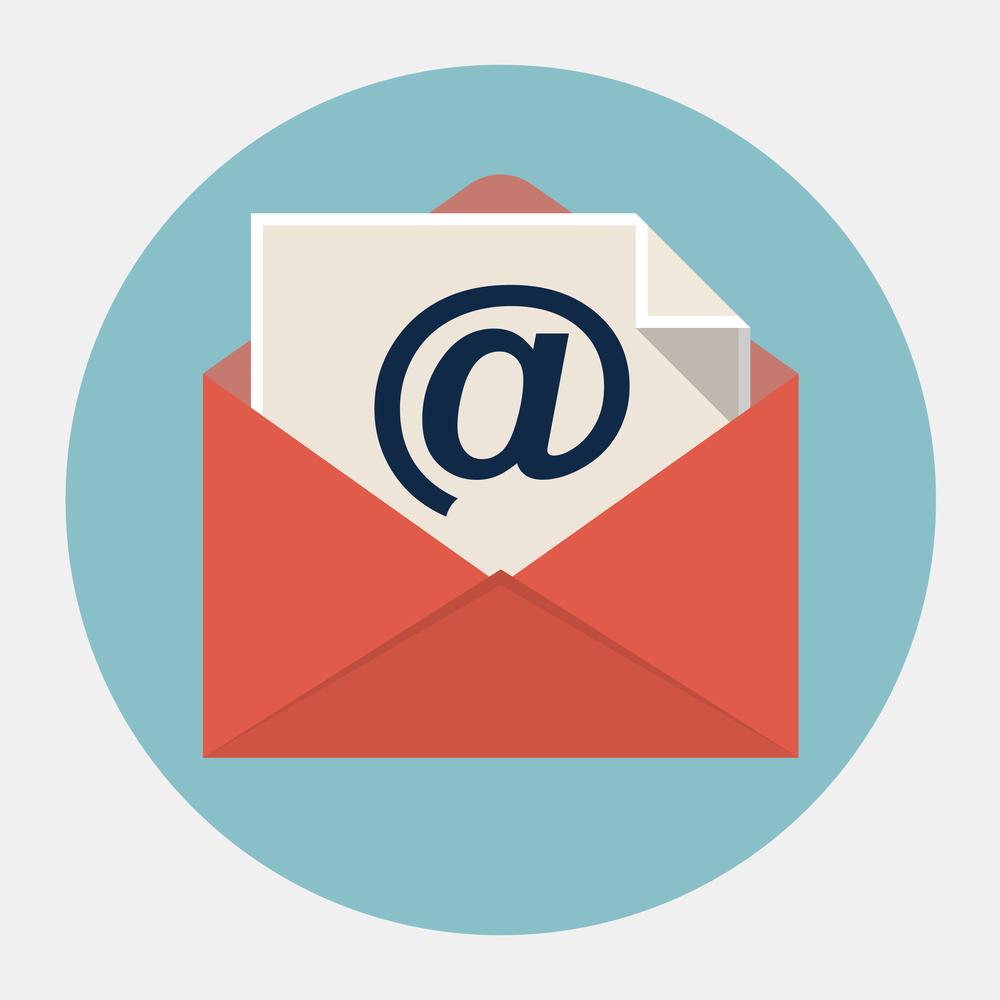Let’s Talk About Copywriting: Email Subject Lines Pleading to Be Opened
Did you know that the email subject line is more important than the content of your email? It determines whether or not the recipient opens your letter in the first place. Sure, the content of the email is important but it’s perhaps key that you use a few tricks that incite curiosity and induce powerful emotions. Why? Well, you want your emails to be read, don’t you?.
In this article, we explain why people ignore commercial messages and how to write catchy email subject lines pleading to be opened.
Why do people ignore commercial emails?
One of the greatest copywriters of the 20th century, Gary Halbert, shares his thoughts on why people ignore commercial messages. In his letter, he writes about physical mail, however, the idea is completely applicable to the contemporary world.
From his point of view, everyone divides letters into “A-Pile” and “B-Pile”. The first one is personal messages from family and friends, colleagues and business associates. Meanwhile, “B-Pile” contains letters with commercial implication.
Your client has received an email and what happens next? Letters from “A-Pile” are opened and answered immediately, and often marked as important. “B-Pile” is usually postponed for better times or immediately trashed without even being read.
Why people do that, you may ask? Because they don’t feel like “B-Pile” is relevant to them. So, to convince clients to open letters of secondary importance (for them) you should make the subject line personal – this is what the first of our advice is about.
How to write catchy email subject lines
Personalize
Personalization is one of the ways to make an addressee open your email. It does not have to obviously contain a personal message, but it should motivate the person to want to to see what’s inside. Using these personalization tips, you can take your email subject lines to the next level:
- Include the person’s name in the subject line.
- Refer to interests. Dividing your audience into segments is an opportunity to appeal to what they are really interested in.
- Offer birthday and anniversary deals. Whether it is the birthday of a client or a company, special offers are evidence that you care about your audience.
- Send post-purchase follow-ups. This is how you can make your audience more loyal.
Subject line examples:
- “Reminder: You have files left in your cart” by Depositphotos
- “Were you featured this month? Take a peek inside now!” by Culture Trip
- “Your Weekly Progress Report + Tips” by Grammarly
Be useful, induce curiosity and indicate digits applying the 4U model
The 4U is a strong title formula, applicable to marketing tools like landing pages, emails, leaflets and other. It implies:
- Usefulness
- Uniqueness
- Ultra specificity
- Urgency
Irrespective of goods and services your company promotes, one of it’s primary missions is to provide your clients with solutions to problems they have. Here an important issue arises, as in order to be useful, you need to know the pain points of your customer. However, people often confuse what pain points are.
For example, you find out that your client needs a vessel for take-away beverages. And you decide to create a light and nice-looking cup, convenient to carry in a bag. Yes, you have found a solution to a problem but you have not shut the pain point down.
The matter is, pain points are not about creating a convenient thermos. People want a cup that will keep the beverage warm for seven hours, won’t pour in a bag, and, maybe, its cap will indicate how hot the drink is, so you don’t burn your mouth every time you take a sip. In other words, the client who sees the usefulness of the product or service becomes eager to open an email, click on the website or take an action. This is what first ‘U’ is about.
The second ‘U’ explains how and why the benefit works. In case with thermos, instead of writing that you have a wider selection of colors and shapes, you can say that the cap changes its color depending on the warmth of the drink. But be careful here, avoid cliches and use those words that will actually reach your audience.
The third ‘U’ doubles the effect by playing a trick with client’s mind. This is about including numbers and lists, which helps to logically organize the information and make email subject lines visually stand out.
The fourth ‘U’, induces the feeling of urgency, having created which you can stimulate powerful emotions like FOMO and get higher opens.
Subject line examples:
- “Paint Options and Free Supercharging” by Tesla
- “Up to 50% OFF! Snuggle up with our savings this winter” by Hotels.com
- “Abs Exercise, Hair Colors and other popular Pins” by Pinterest
Induce FOMO
Have you ever experienced the fear or anxiety that something more interesting, engaging and useful happens somewhere else and you’re missing it? If yes, you’re among those people who suffer from the feeling of missing out. And you’re not the only one.
According to statistics, 56% of people who use social networks have FOMO. It means that the first thing they do when they wake up is check Instagram, Facebook, email, and other channels.
How to induce this feeling? Show your audience that they are missing something important, and they can get it right now if they open the email. Use such scarcity words as “only”, “ a few”, “right now”, “left” to start the hype.
In addition to the above-mentioned advice of creating email subject lines pleading to be opened, you should pay attention to basic rules that will make your message sound even better.
Subject line examples:
- “Get ready for a great deal” by Depositphotos
- “Watch all the week’s best coubs” by Coub
- “Pre-order iPhone 6s or iPhone 6s Plus now” by Apple
Short tips to remember:
- Less caps. If you still think that writing subject line in caps increases the chances of being opened, we will have to upset you and say that it is not what calls people to action.
- Keep it short. Use up to 50 signs and don’t forget that usually, subscribers read your emails from mobile devices.
- Know your audience. Do not even attempt to implement an email marketing strategy until you know your audience well.
- Avoid the ‘no-reply’ sender name. Clients need to know they have the option of providing feedback.
- Proofread. Check every single word you write, as even the smallest typo can lead to a negative reaction.
As you’ve already realized, emotions are a powerful tool for email marketing. This is what makes people put your letters to the “A-Pile” and, finally, urges to take an action. But to achieve success, you need to explore your audience and their needs in detail.
If you’d like to read more on email marketing, check out these articles:









